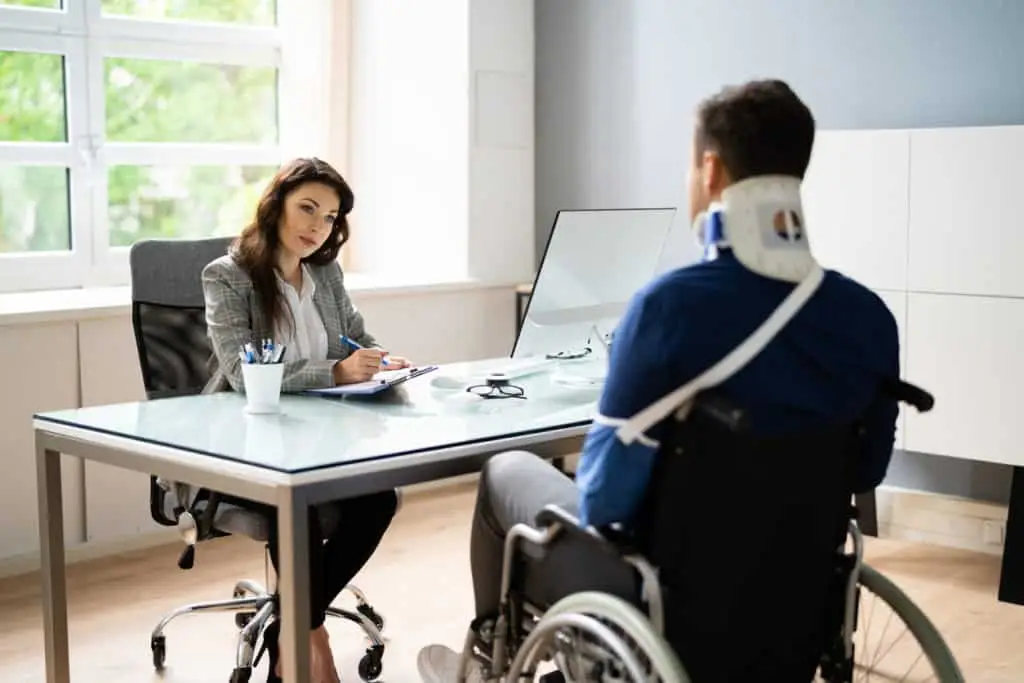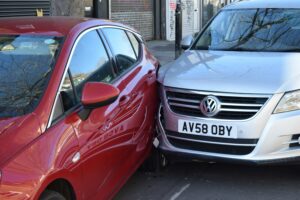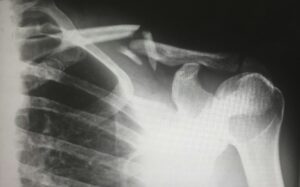Table of Contents
ToggleHow To Proceed With A Los Angeles Personal Injury Lawsuit

Many personal injury cases settle without the need to file a lawsuit. However, not all cases are so straightforward.
Sometimes, complicated issues might require filing a personal injury lawsuit to settle the dispute. In other cases, an insurance company might refuse to negotiate a fair settlement amount.
In either case, a personal injury lawyer fights to get you the maximum compensation for your damages. They do not rush to a settlement because that could result in less money for you. Instead, they aggressively negotiate to settle your claim but are prepared to file a personal injury lawsuit and advocate for you in court if that is in your best interest.
What Are the Steps of a Personal Injury Lawsuit in California?
Each personal injury lawsuit is unique. However, most personal injury cases go through specific steps in a civil trial:
Pleadings
The beginning steps in a civil lawsuit begin with the filing of the pleadings.
The plaintiff (injured party) files a complaint with the court. The complaint alleges the facts of the case and the legal causes of action. The complaint is served on the defendant (the party who caused your injury).
The defendant (or defendants) has a specific time to answer or respond to your complaint. In most cases, the liability insurance company hires a defense lawyer to respond to the complaint. They deny liability and might allege affirmative defenses, such as failure to mitigate damages and contributory fault.
Discovery Phase
The discovery phase often takes the longest time to complete. However, it is a crucial step in the process of a Los Angeles personal injury lawsuit.
Each party sends requests to the other party seeking evidence and additional information. Common types of discovery requests include:
- Depositions – Verbal testimony provided under oath
- Interrogatories – Written questions answered by the other party under oath
- Request for Production of Documents – List of documents requested from the other party (responses are under oath)
- Subpoena – Court order sent to other parties to require testimony at a deposition or to obtain documents
- Request for Admissions – Statements the other party admits or denies under oath
During discovery, the attorneys continue to gather information and evidence. The documents they receive could result in additional avenues to explore. The attorneys also gain a better understanding of the strengths and weaknesses of the other party’s case.
At the end of the discovery phase, the parties generally engage in settlement negotiations. The information from the discovery phase can help encourage one or both parties to settle the case instead of going to trial.
Pre-Trial Motions
The attorneys proceed with pre-trial motions if the parties do not settle the claim. These motions deal with questions of law, such as the admission of evidence or testimony. In addition, the lawyers may file motions for summary judgment, asking the court to rule in their favor based on the evidence at hand.
Trial
After the parties complete pre-trial motions, the case proceeds to trial. The parties select jurors, provide evidence, and argue the merits of the case. At the conclusion of the trial, the jury members deliberate.
The jury decides the outcome of the case based on their belief in the evidence presented and the law as described to them by the judge. You can never be entirely sure how a jury decides a case.
If the jury finds the defendant was negligent of wrongdoing or intentional acts, the jury members may find in favor of the plaintiff. Then, they decide how much to award the plaintiff for damages.
Damages can include economic damages, such as medical bills, nursing care, out-of-pocket expenses, and loss of income. You could also receive non-economic damages for your pain and suffering, permanent impairments, and decreased quality of life.
In a few cases, the jury may award punitive damages. But first, the jurors must find that the defendant’s conduct meets the requirements for an award of punitive damages.
If the jurors believe the defendant’s evidence, they may rule in favor of the defendant. If so, the plaintiff does not receive any money for their personal injury case.
Appeal
Either party may file an appeal. The appeal must have legal grounds. However, even when the defense does not have strong legal grounds for an appeal, they may try to see what happens. A higher court reviews the case to decide whether to allow the jury decision to stand, reverse the case or remand the case for another trial.
Statute of Limitations for Filing Personal Injury Lawsuits in California
A statute of limitations is a deadline for filing a personal injury lawsuit. The California statute of limitations depends on the type of personal injury case. Therefore, you could have a different statute of limitations for a car accident case than a medical malpractice case.
It is best to seek legal counsel from a Los Angeles personal injury attorney as soon as possible after an injury to discuss your options.
Contact Our Personal Injury Law Firm in Los Angeles, CA
If you were injured in an accident in Los Angeles, CA or you lost a loved one and you need legal assistance, please contact us to schedule a free consultation. One of our Los Angeles personal injury lawyers at M&Y Personal Injury Lawyers will get in touch with you soon.
M&Y Personal Injury Lawyers – Los Angeles Office
4929 Wilshire Blvd Suite 960,
Los Angeles, CA 90010
866-864-5477



